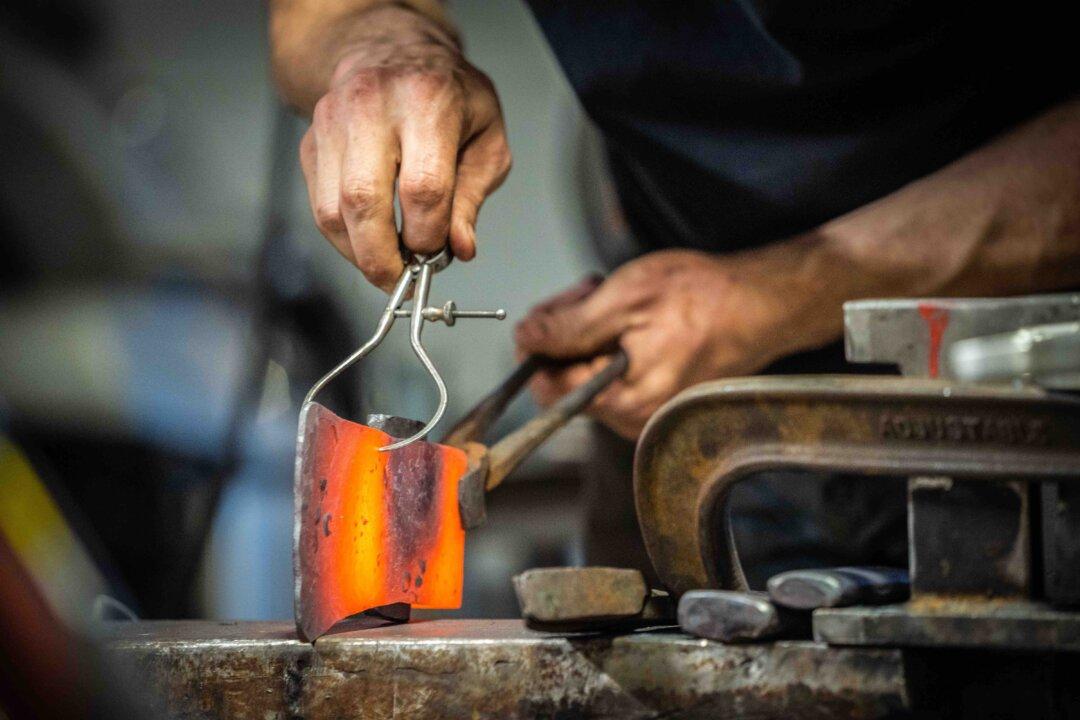For more than three centuries, a nearly intact shipwreck lay preserved in time on the seafloor of Stockholm harbor. When she was pulled from the ocean one spring morning in 1961, news of her recovery broke around the world.
This wasn’t just any shipwreck, though.






